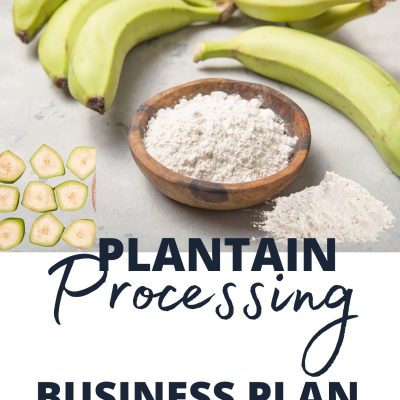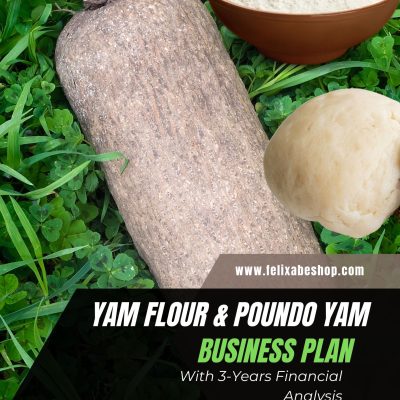A farm growing maize, cassava, tomatoes, and peppers in Nigeria is a profitable venture because these crops are in high demand for food and industrial use. Maize is one of Nigeria’s staple foods, used in various meals and as animal feed. The country produces around 10 million metric tons of maize yearly, but there’s still room for more due to growing population demand.
Cassava is another important crop in Nigeria. The country is the world’s largest producer, with over 59 million metric tons produced annually. Cassava is used to make foods like garri and fufu, and it’s also used in industries for making starch and animal feed. It is a hardy crop that grows well in most parts of Nigeria, even in areas with less rainfall.
Tomatoes and peppers are essential vegetables in Nigerian kitchens, used in almost every meal. Despite Nigeria producing about 2.3 million metric tons of tomatoes each year, there is still a big gap between supply and demand, leading to imports. Growing tomatoes and peppers on a farm helps reduce this gap and provides fresh produce to local markets.
Running a farm with these crops ensures year-round income, as they are harvested at different times. Maize and cassava provide large yields, while tomatoes and peppers bring quick returns due to their shorter growing period. This mix of crops creates steady cash flow for the farmer and supports food security in Nigeria.
The business plan serves as a strategic guide for managing and growing the farm operation, helping to outline clear goals, production targets, and financial expectations. It is also a valuable tool for securing funding from investors or financial institutions by demonstrating the farm’s profitability and sustainability over a three-year period. Additionally, the plan helps monitor progress, manage resources efficiently, and make informed decisions to ensure the farm’s long-term success.
Click ADD TO CART now to purchase a copy.



